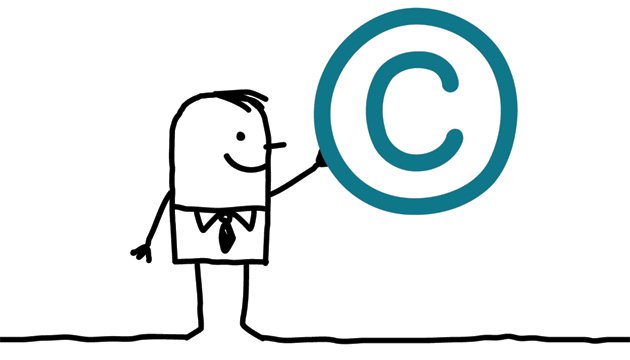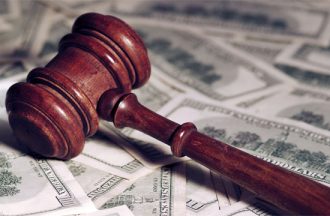
When it comes to innovation having the idea is only the beginning. Protecting it is another matter entirely. To help you get on the right track take a look at the following breakdown of intellectual property rights and patents.
Trademarks are distinguishing names, symbols, or devices (such as an artful design) that identify products used in commerce and are regulated by state or federal government. These identifiers are used to distinguish one maker of products from others. Trademark registrations with the federal government on or after November 16, 1989, have a ten year term, renewable every 10 years. Prior that time, the term was 20 years. In states, this period of time may differ significantly, as may the ability to renew.
Service Marks are similar to trademarks, they are words or symbols or designs, but they identify a service rather than a product. These descriptions must be accurate and brief, like: “Fly the friendly skies” or “Leave the driving to us.”
…they are what lead customers to identify and remember what they bought or received from your business
There are considerable commercial benefits to having both trademarks and service marks. The small business owner should take full advantage of these for their business. They are what lead customers to identify and remember what they bought or received from your business and ask for it again.
For more information about Applications for Registration of Trademark or Service Mark in your state, contact your state government or the Trademark Assistance Center at 1- 800-786-9199.
Obtaining a Patent
A patent can protect new and useful inventions. This includes:
- Machinery
- Processes
- Manufacture or composition of substances (like chemicals, medicines, etc.)
- Unobvious improvements in the manufacture of substances
- Living organisms such as plants, bacteria, etc.
A patent gives exclusive rights to inventors to make, use and/or sell the product for a period of 17 years, throughout the United States, including territories and possessions.
For designs of an ornamental device, patents are granted for fourteen, seven, or three and a half years depending on how the patent applicant chooses.
Professional assistance from a patent attorney is strongly urged because patent procedures are detailed and technical. A patent search is performed to see if a patent currently exists on the same or nearly the same device and, if not, to make proper application with the Patent Office.
Only attorneys and agents registered with the U.S. Patent Office may represent inventors in related matters. The office has geographical and alphabetical listings of the more than 11,000 registered agents. Only these agents may perform patent searches in the patent office. Inventors or their attorneys can make arrangements with one of those agents. The Assistant Commissioner of Patents, Washington, D.C issues U.S. patents.
Additional references include “Patent it Yourself,” “Patent, Copyright and Trademark,” and “How to License Your Million Dollar Idea” or call your State Patent Office or the Patent Assistance Center at 1-800-786-9199.
Additional Resources:
Trademarks
www.uspto.gov
This is the official site of the U.S. Patent and Trademark Office.
Copyrights
www.copyright.gov
Who knows copyright law better than the people who process the applications.
Inventor Fraud
www.inventorfraud.com
The National Inventor Fraud Center protects inventors from unscrupulous marketing companies.
Article courtesy of SCORE








